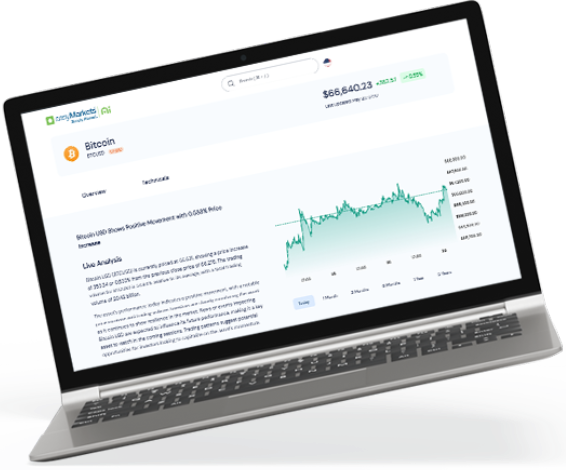How Do I Trade Indices?
Stock indices are usually treated as a gauge of economic strength of a particular country, specifically its business sector. Since these indices include the top companies in that country, strengthening consumer and business activity are generally reflected in higher share prices while weaker economic performance tends to drag share prices down. These indices can also be seen as a proxy for that country's currency.
Since most beginner traders find trading specific company stocks to be a little tricky, some start off by trading stock indices first. After all, index drivers and pertinent reports such as economic data and political updates are publicly available and easily accessible online. For instance, GDP reports or employment data tend to influence index price action, especially if they come in below or above expectations.
easyMarkets platform offers indices of the largest stock markets
Traders pay close attention to indices of the largest stock markets in US, Europe, Asia and emerging markets since these exhibit strong trends or reactions to top-tier data releases or financial events. These comprise the Dow, S&P 500, Nasdaq, German DAX, French CAC 40, FTSE 100, Nikkei, China 50, and ASX among many others - all of which are offered on the easyMarkets platform.
When it comes to calculating profit and loss on trading these indices, one must have an idea of spreads and pip values. It is also crucial to take note of the minimum contract size and margin requirements before deciding how much to deposit in your trading account and in calculating your position size per trade.
Trading indices can serve both short-term and long-term traders. Economic releases and headlines tend to be the bread and butter of short-term traders since these can result to price spikes for the trading session. Meanwhile, these economic reports and overall market sentiment also guide longer-term traders in catching potential trends and reversals.

Trading the US stock indices

When trading US stock indices, it's also helpful to take note of earnings releases, which tend to drive the markets in a particular direction. Earnings season typically comes a month after the end of the quarter and can serve as guidance for future market trends. If earnings reports from well-known companies generally come in stronger than expected or show improvements from previous periods, stock indices can embark on an uptrend. On the other hand, downbeat earnings figures or downgrades on outlook can spark a downtrend for stock indices.
Indices are traded through CFDs or contracts-for-difference, wherein the difference between the prices when the contract was opened and closed will be settled between the buyer and seller. This means that overnight financing charges can apply, which can be positive or negative depending on whether you are holding a long or short position. These rates are normally based on a benchmark such as LIBOR or the central bank's prevailing interest rate. And like all margin-traded products, they carry a certain amount of risk which the trader should be fully cognizant of. Check out the instruments offered by easyMarkets, as well as the spreads, pip values, contract sizes, and margin requirements here.














